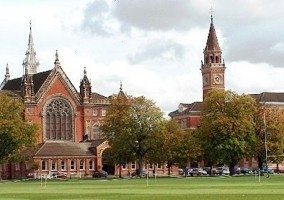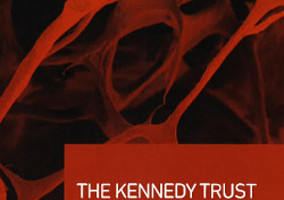Medical research charity the Francis Crick Institute is one of two new entrants in this year's list of the largest charities.
The haysmacintyre / Charity Finance 100 Index measures the largest 100 charities, ranking entrants by their average annual income over the past three years. It is updated annually, and the newest version is published today in this month's Charity Finance magazine.
The Crick Institute has been a charity for several years, but has only been fully operational for two. Its average income of £90.6m puts it in 66th place in the Index, but it is likely to be one of the top 30, with an income of around £150m a year, once it has three years of full income.
The only other new entrant, Sightsavers, is in 99th position with an average income of £62.5m. Sightsavers has a much bigger overall income because it receives huge donations of medicine from drugs companies, but the index does not recognise gifts in kind.
This year, the 11 largest charities remain in the same order as the previous year, with Nuffield Health once again at the summit.
The minimum income needed to enter the index rose by seven per cent from £58.1m to £62.1m year-on-year, with Richmond Fellowship Scotland achieving that figure in the latest results.
The highest riser within the index is the English Heritage Trust, which jumped 36 places from 99 to 63.
Conversely, the biggest faller is the Education Development Trust, which dropped 39 places from 37 to 76.
A noteworthy exit from the list is the Lloyd’s Register Foundation, which was 63rd in the list last year but its income had been skewed by a large one-off endowment of funds following its creation in 2012.
Alternative Futures, which was 100th last year, also left the list and went down into the accompanying Charity 250 index.
|
Related articles











